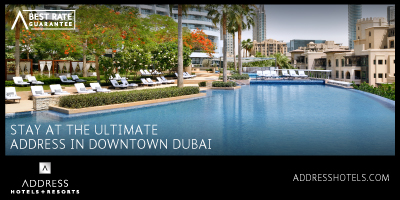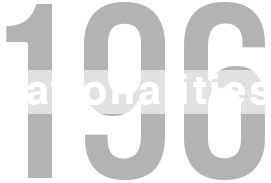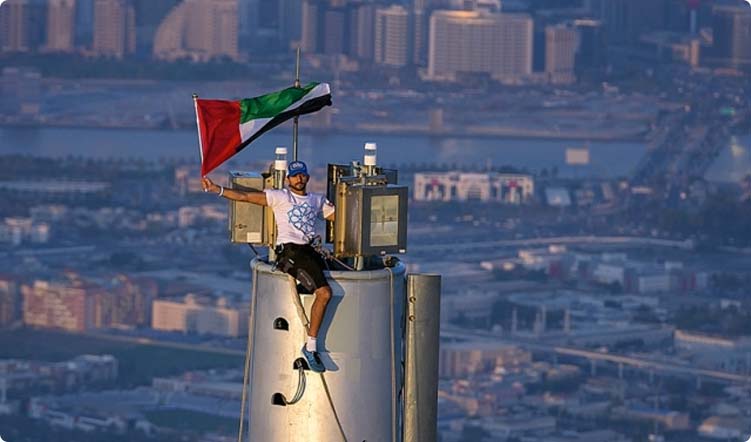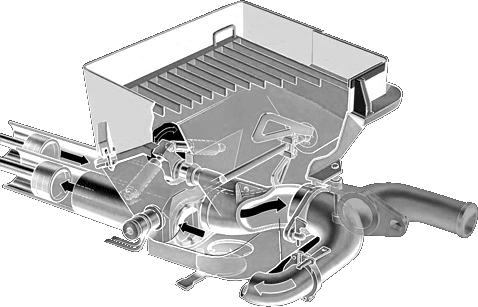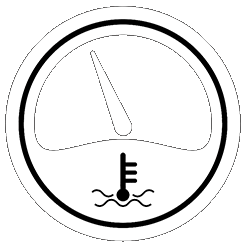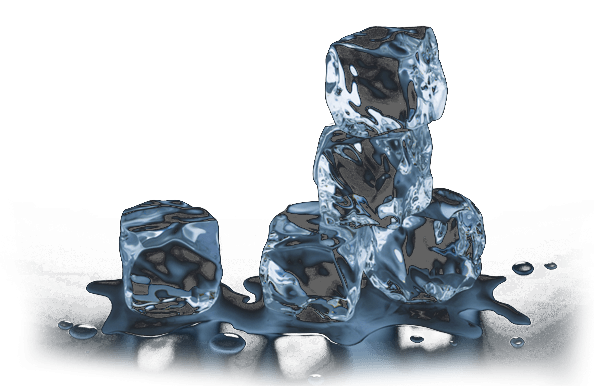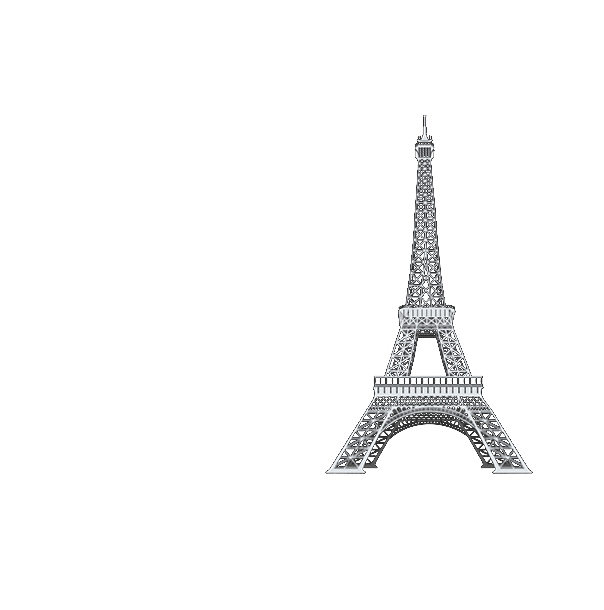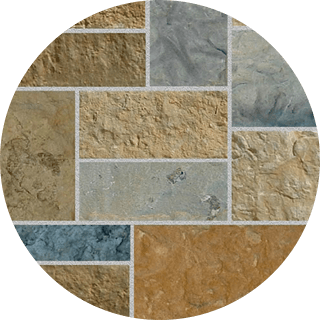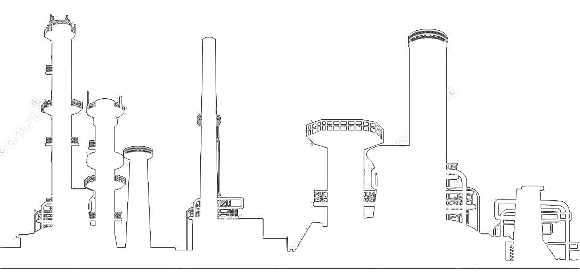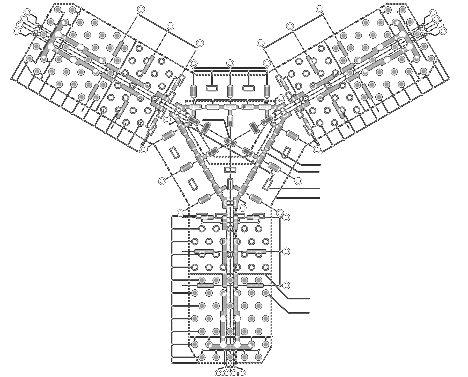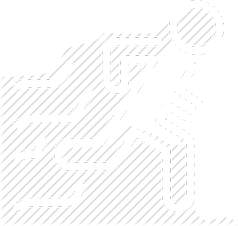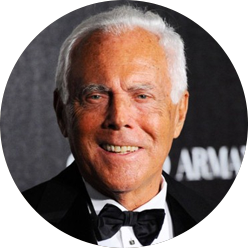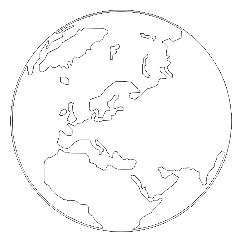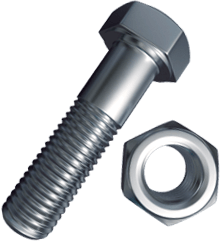Live. Work. Play.
A truly mixed-use tower, Burj Khalifa comprises 1.85 million square feet of residential space, and300,000square feet of office space, in addition to the Armani Hotel Dubai and the Armani Residences. Thetower alsofeatures lounges, health and wellness facilities, four pools and two observation decks.
World Voices
The lobby of The Residence at Burj Khalifa is dominated by artist Jaume Plensa's eponymous sculpture'WorldVoices'. The piece incorporates 196 cymbals. Water dropping gently from the ceiling strikes thecymbals andcreates a chorus of distinct tones that represent the voices of people worldwide.
Artist: Plensa
Armani Residences
The 144 Armani Residences Dubai are located on levels 9 to 16, and each apartment has bespokefinishes andmade-to-measure furniture and fittings. The intention was to create 'a warm, harmonious andluxurious spacecombined with elegant design - each element playing a precise role in the overall effect andbalance'.
Setting Records
Burj Khalifa comprises arecord-breaking 330,000 cubic metres(11.6 million cubic feet) of concrete;39,000 m/t of reinforced steel; 103,000square metres (1.1 million square feet)of glass; and, 15,500 square metres(166,800 square feet) of embossedstainless steel. It took 22 million manhours to build the tower.
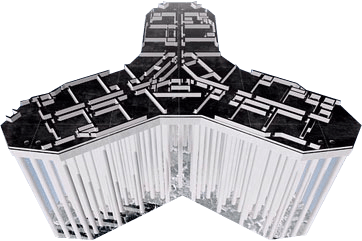
A Strong Foundation
Burj Khalifa's superstructure is supported by a 3.7 metres thick reinforced concrete mat. It took12,500 cubic metres of high-density, low-permeability concrete to build the mat. A cathodicprotection system under the mat helps to mitigate the effects of corrosive chemicals in the groundwater.
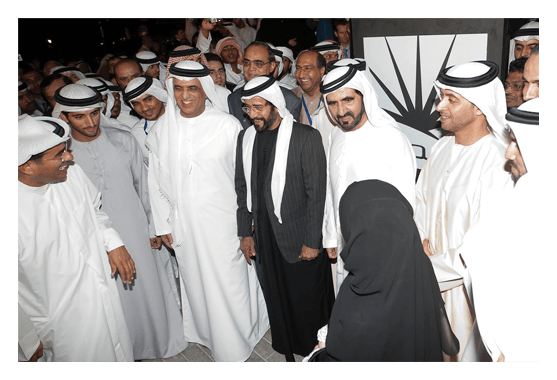
Inaugrating the Burj Khalifa
On 4 January 2010 the eyes of the world turned to Burj Khalifa as His Highness Sheikh Mohammed BinRashid Al Maktoum, UAE Vice President and Prime Minister and Ruler of Dubai inaugurated the world'stallest tower. A spectacular light and sound show followed and was broadcast around the world.
The Crane Solution
Special recovery cranes wereinstalled at levels 99 and 159 to helpwith the task of dismantling andremoving the high-altitude cranes.The crane that operated at the highestpoint, approximately 700m abovethe ground, dismantled its own mastsections, stepping downin height each time.
